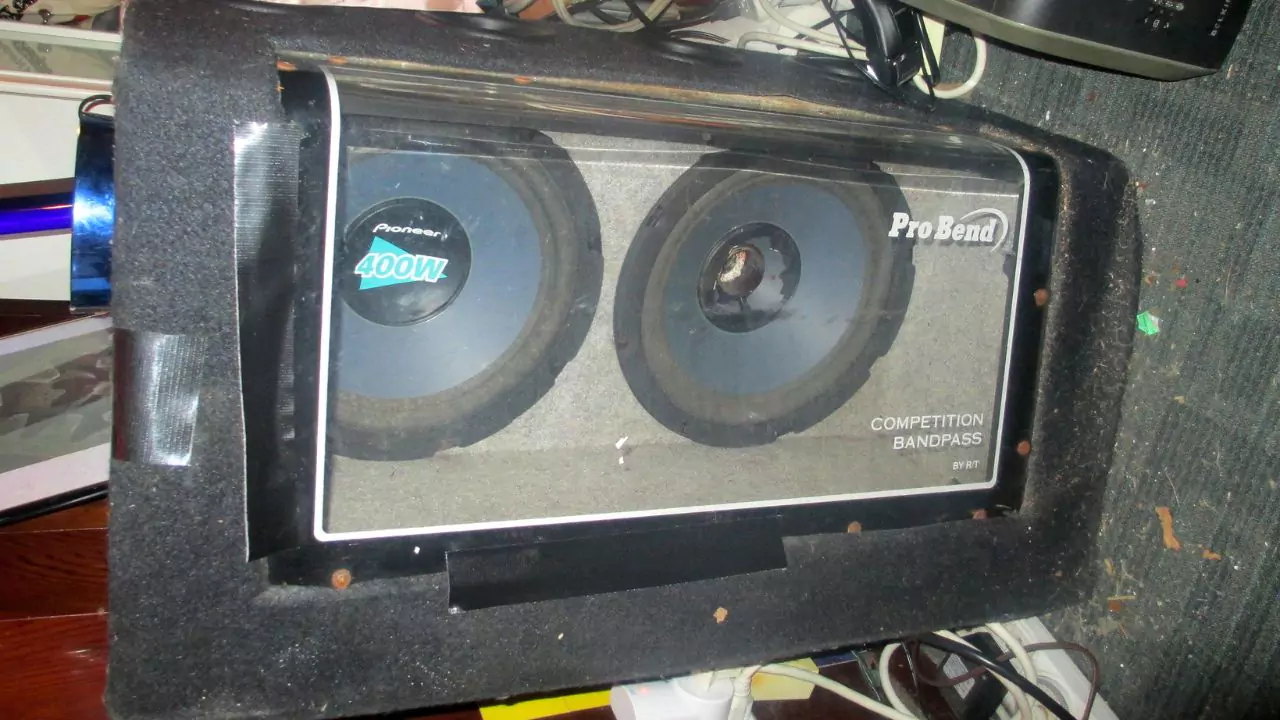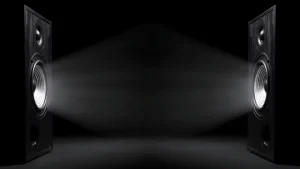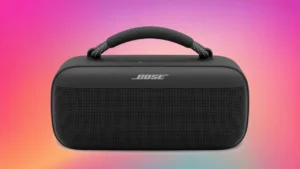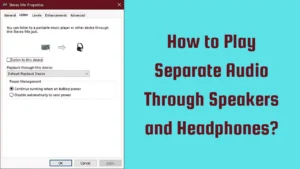It is often difficult to understand whether the subwoofer is blown just by listening to the audio. But, if you find that the subwoofer produces a rattling sound or a decreased volume then there is definitely an internal glitch. Thus, it is necessary to conduct certain tests to determine whether your suspect is true.
Here you are going to learn about the best and quickest DIY hacks to test a subwoofer and confirm its condition.
In This Article:
Why do Subwoofers Blow?
Here are the most common reasons which can damage the subwoofer, such as:
Excessive Power
If too much power passes through the subwoofer, then it can blow the device. The subwoofer won’t get damaged immediately, but it will take time, and eventually, regular force to make the subwoofer work beyond its capabilities will lead to permanent damage.
Distorted signal
If you do not notice the presence of distorted signals from the subwoofer and still keep using the device, then it can also lead to serious damage with time.
How to Identify that the Subwoofer is Blown?
Let’s start with a physical inspection, where you have to look for signs of damage or whether the speaker is broken. Check the subwoofer cones and the suspension system which allows the cones to move without restrictions. So, gently push the speaker cones, if there is no movement, then it is broken, if it is unsteady, then the cone is wobbly and if you find a scratching sound, then it is partially broken.
Let’s check out a few other steps to identify a blown subwoofer:
Conduct Sound Test
You can also identify the extent of damage, where the sound would either be completely blown or partially blown. You also need to check the audio sources and cables for a no-sound situation. If you find that the sound is weak or distorted, then the subwoofer might be partially blown.
Play Audio
Try to play audio at a low volume, and this will help you to detect whether the sub is damaged. It will also make a certain cracking sound while you are trying to play the audio. While you are listening to the audio, increase the volume and bass, if the sound appears distorted, then the subwoofer is partially blown and if you can hear no sound, even after you increase the volume and bass, it indicates that the subwoofer is completely blown. So, while checking the sub cables, you have to keep them at 90 degrees relative to other cables.
Use the Voltmeter
You can also use a device called a voltmeter to detect whether the subwoofer is blown. You need to connect the lead of the device to the subwoofer, the negative leads should be connected to the negative terminals, and the positive lead to the positive terminal. Next, you have to check the reading. You need to go through the user manual to check with readings, and whether it is normal, as every subwoofer has different readings. If you find any abnormality in the reading, then the subwoofer might be damaged.
Check the Multimeter
There is a voice coil in the subwoofer, which is attached to the cone and it has both negative and positive terminals. If you find that the coil is producing unnecessary force for the cone when current is passed through the magnetic field, then the subwoofer might be damaged. You can use a multimeter to check the resistance of the voice coil. If you find that the voice coil has no resistance or the readings are abrupt, then the coils are positively damaged. Also, if the reading is more than 1.0 ohm, then the coil might not be safe.
How to Fix a blown subwoofer?
There are certain conditions under which you can fix a blown subwoofer, instead of buying a new one:
Stuck Voice Coil
If the voice coil is stuck, then you can push the voice coil to its position. You can use a flashlight to carry out the process and then test the voice coil to ensure that it works.
Wear and Tear
To repair a tear, you can use a paper towel, speaker dust glue, and also a rubber band. To seal the tear, you have to use glue and then use a paper towel to ensure that the patching is seamless or smooth.
Damaged Foam
You need to separate the damaged foam to repair it and then remove the affected part. Before you place the foam, you have to remove the residues and also use rubbing alcohol to clean the setup. You have to allow the glue to dry after placing the foam in the surrounding place. Finally, you have to re-install the gasket.
Damaged Cone and Coil
You have to remove the coil and cut the spider. Also, remove the gasket and the voice coils to continue. Remove all the debris and also the soldering and wires. You also need to ensure that the new coil is aligned with the terminal. Glue the spider back to its original place and then apply the glue to the gasket.
Place the speaker cone in its accurate positions and then on top of it, you have to place the lead out wires. You need to solder and thread the lead wires and then put the dust and cone cover. You also need to solder the lead wires to the basket terminal and finally take the driver out and conduct a test.
How to Measure the Resistance in Ohms?
You need to turn off the subwoofer and unplug the power source. Remove all the cables and audio inputs attached to the subwoofer. Remove the subwoofer from its enclosure and attach the positive multimeter probe to the protective terminal of the voice coil of the subwoofer and the negative multimeter probe to the negative terminal of the voice coil. Once you turn on the measuring instrument you would be able to see the resistance.
How to Measure the Resistance of a Subwoofer?
To test the electrical resistance of the subwoofer you need to disconnect the power source and audio input. You have to take it out of the enclosure if the subwoofer is not provided with an external amplifier. Now, to measure the ohms, you have to connect the probes of the multimeter. You have to connect the red probe to the positive lead and the black probe to the negative. Next, you need to measure the resistance using the multimeter and it is always advised to round the resistance value to the nearest whole number for precision.
Which is the Best Hz for a Subwoofer?
The recommended frequency for the crossover is 80 Hz and the THX standard. Also, for on-wall speakers it should be 150-200 Hz, for a mid-size center-surround it should be 80-100 Hz and for a large center-surround it should be 60-80 Hz.
What is the Recone of the Subwoofer?
The complete rebuilding of the subwoofer or speaker is Recone. Also, if you are removing the worn-out parts of the old sub, then it is worth it.




